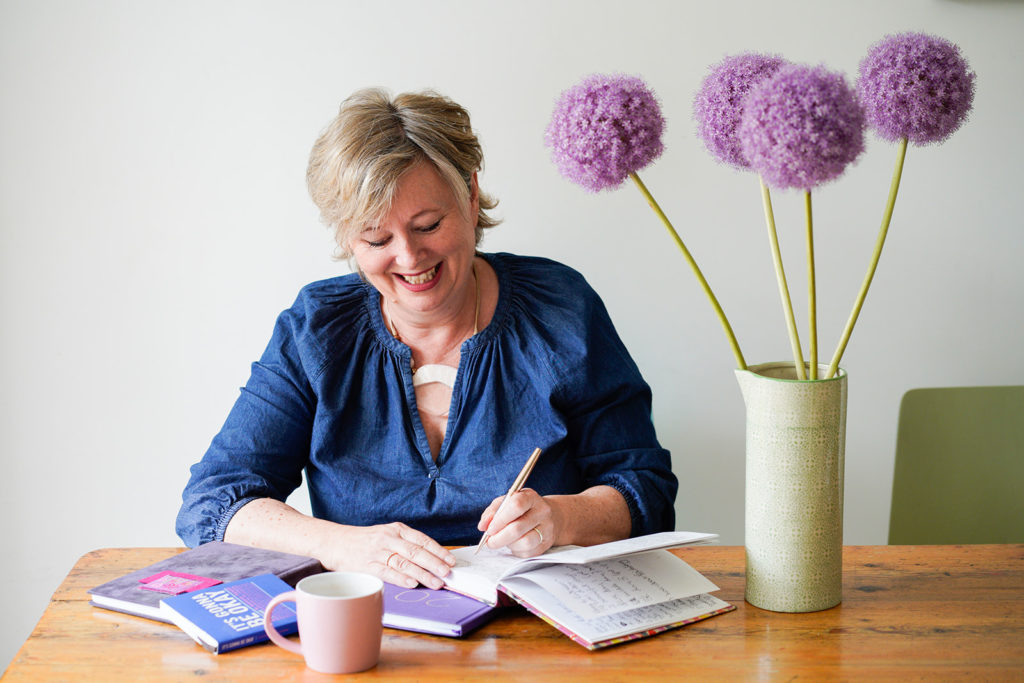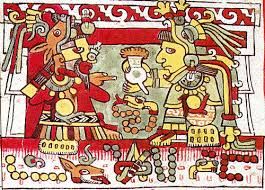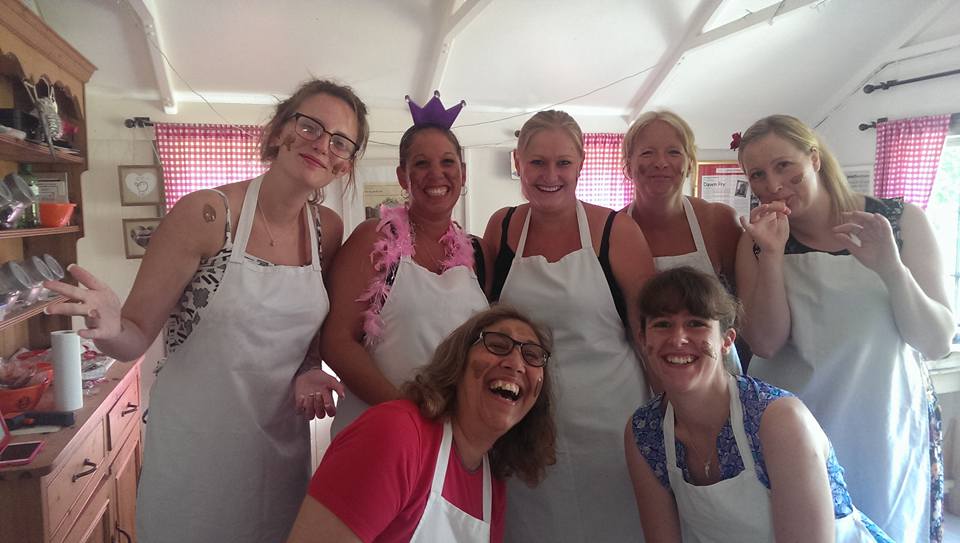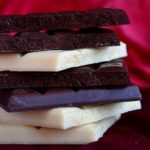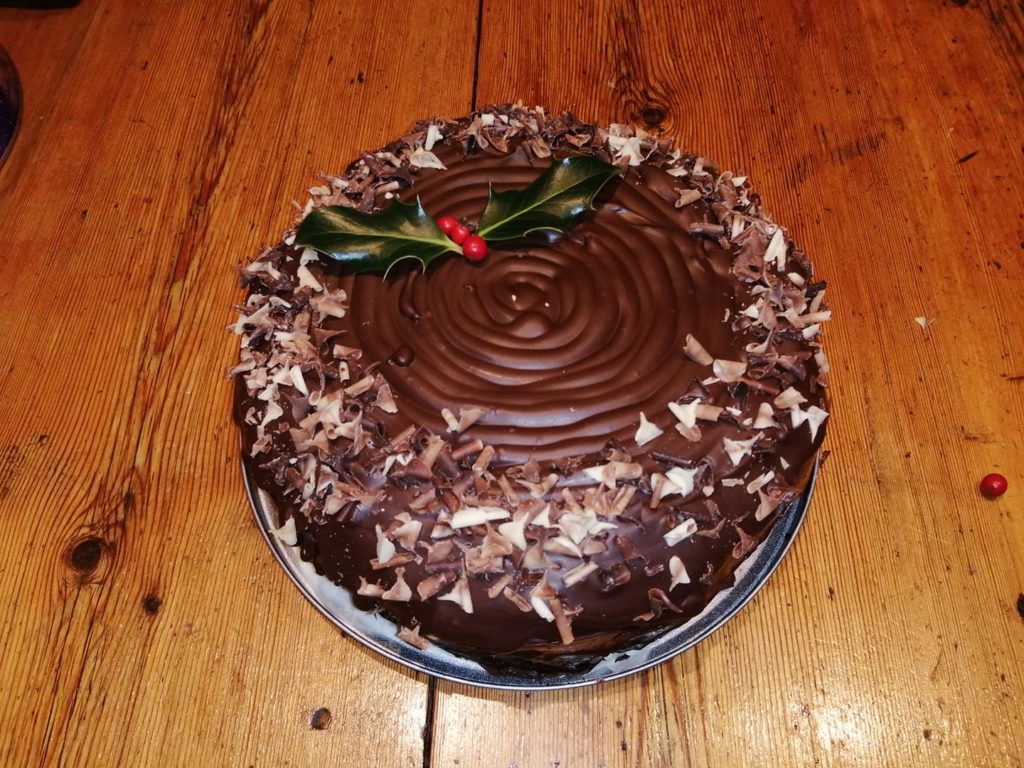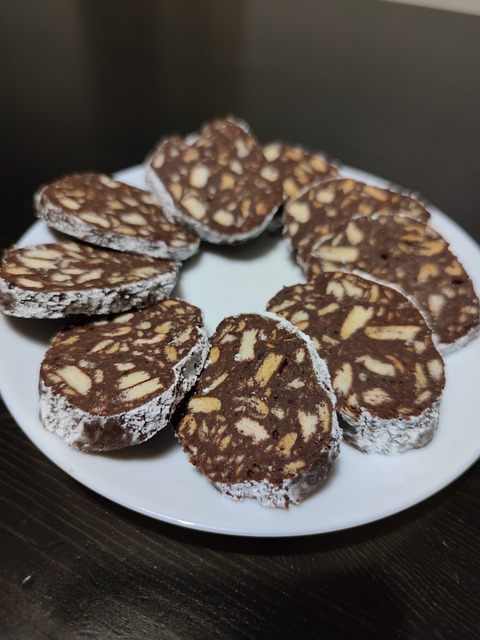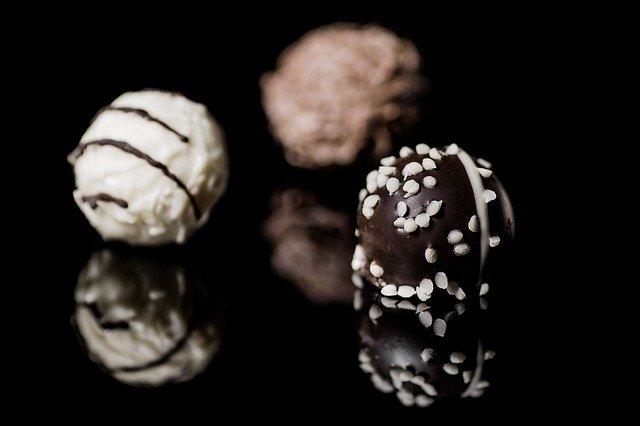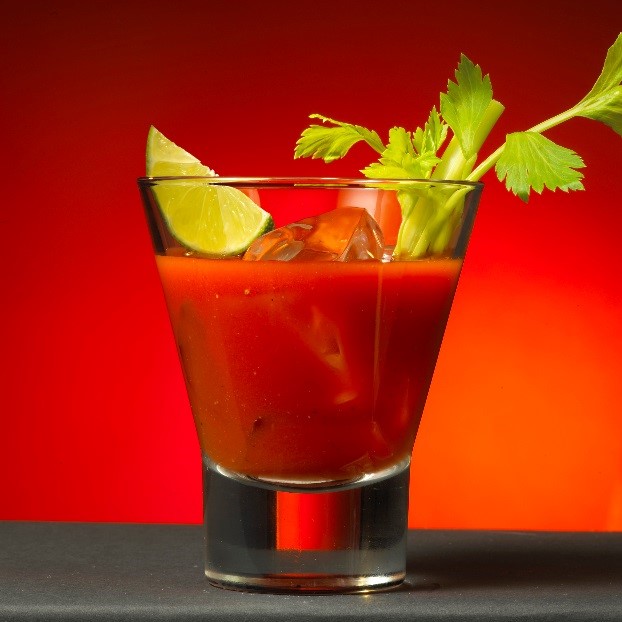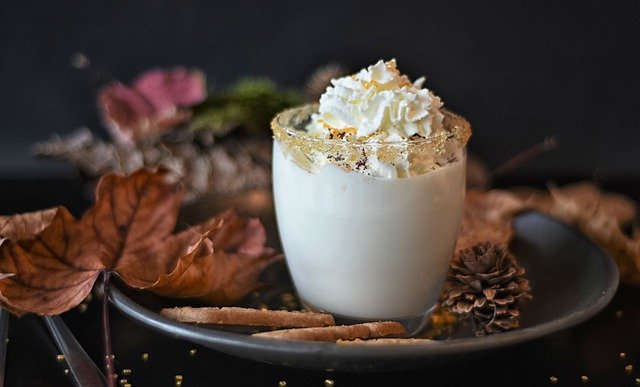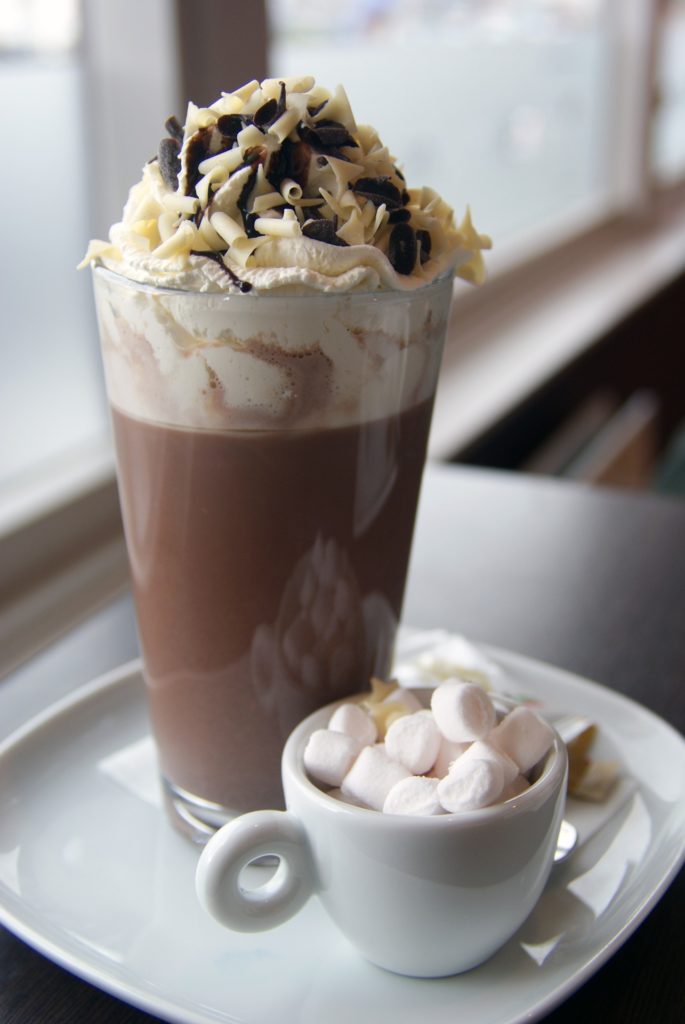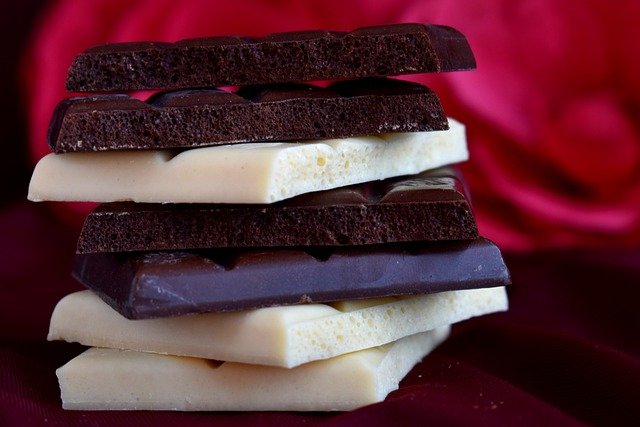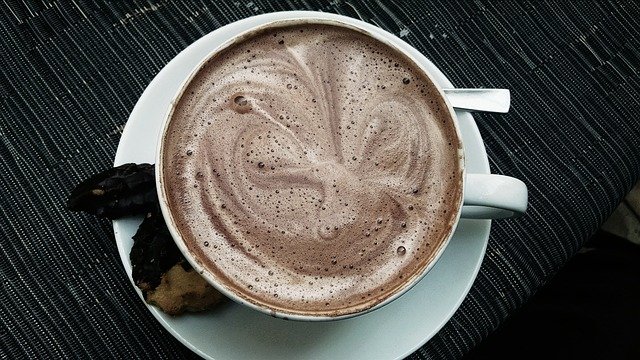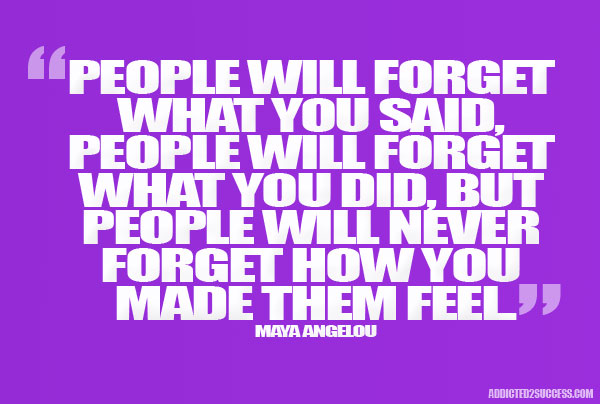We are talking business relationships here, but it’s personal too.
The most obvious relationships are those we have with our customers. The customer is king in every business. However, there are so many more to consider for a successful business to survive and indeed thrive, including the one you have with yourself.
Let’s explore why all relationships matter:
What relationships?

Sometimes we focus so much on the obvious (our customers) we overlook other opportunities.
Who do you have relationships with?
Customers, employees, contractors, suppliers, competitors, family, friends – are all key relationships within your business.
Another thing to consider is your potential relationship with someone where you are simply making an enquiry.
Maybe you are looking at a business opportunity?
How you behave will reflect on how you are perceived by the vendor.
Do you ask, realise it’s not for you (right now) and then ignore all the follow-ups? What if you later change your mind. If you didn’t go back to them explaining not right now, have you burnt your bridges for a potential transaction in different circumstances?
Send a simple reply explaining it’s not for you and why, and come across as professional and considered.
Supplying the Goods
Think about the importance of getting your supplies for example.
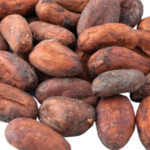
You are spending money with your suppliers and may think that you need do no more than hand over your hard-earned cash. What about a shortage in supplies (something that we are often facing in these difficult times). Your supplier may have to choose which customer to send limited supplies to.
What if you need a rush job and will need a supplier to go the extra mile for you?
Might your supplier recommend your services/goods to another customer if you are great to do business with?
A good relationship can reap unexpected benefits.
Money Matters
How do you pay for your supplies?

Cash flow can be an issue at times, so you may leave certain suppliers waiting for payment.
Is this something you accept personally?
Are you willing and able to wait for payment from a service or goods you have delivered?
What are your terms, and do you act with the same integrity with everyone else you do business with?
If you do hit on difficult times and you need to speak to your suppliers about extending credit for a limited time, your payment history will come into play. Have you built credibility with your supplier to afford you some leeway when it might be most be needed?
The Competition
Hide your head in the sand, feel threatened and defensive, or completely oblivious – what is your attitude to the competition?
Competition can be a good thing. If more people are offering what you do, there must be a demand for it. Always check out the competition and keep an eye on what they are doing. Is there an opportunity to work together, to collaborate?
No one can do things the way that you do them. You are what makes your business unique.
Make friends with the competition where appropriate and explore ways of potentially working together.
The team
If you employ people or use contractors, then they are representing you and your business.
Do they clearly understand and operate by your values? Have you adequately trained and equipped them to achieve their tasks properly?
If there is one big lesson I’ve taken from running my own business, it’s all my fault. If an employee/contractor makes a mistake, then the buck will stop with me. Choose good people (we need to part ways with those that are not the right fit) and train them well.
Build good strong relationships with all members of your team and it will reap rewards.
Customers are King
Without customers, we don’t have a business.
Building strong relationships with your customers and providing the best possible service matters. I like to create sticky customers (ones I cover in chocolate, but also stick around for more). Working with chocolate is a good hook for building rapport, but you don’t need to work with it to use it to your advantage! Here are 100 ways to make your customers go WOW.
You
Nothing will test you like running your own business. It is the best personal development programme you will ever encounter. You will experience highs and lows, but the benefits of being your own boss far outweigh the difficult bits!
Be YOU. People buy authentic, tell your story, be yourself.
If you do not it will be exhausting and not something that you can sustain long term.
Set boundaries for yourself and stick to them. Respect yourself and others will follow suit. Treat everyone in the way you expect to be treated yourself.
The relationship with yourself will be tested and you need to know who you are and what you stand for.
All relationships matter.


